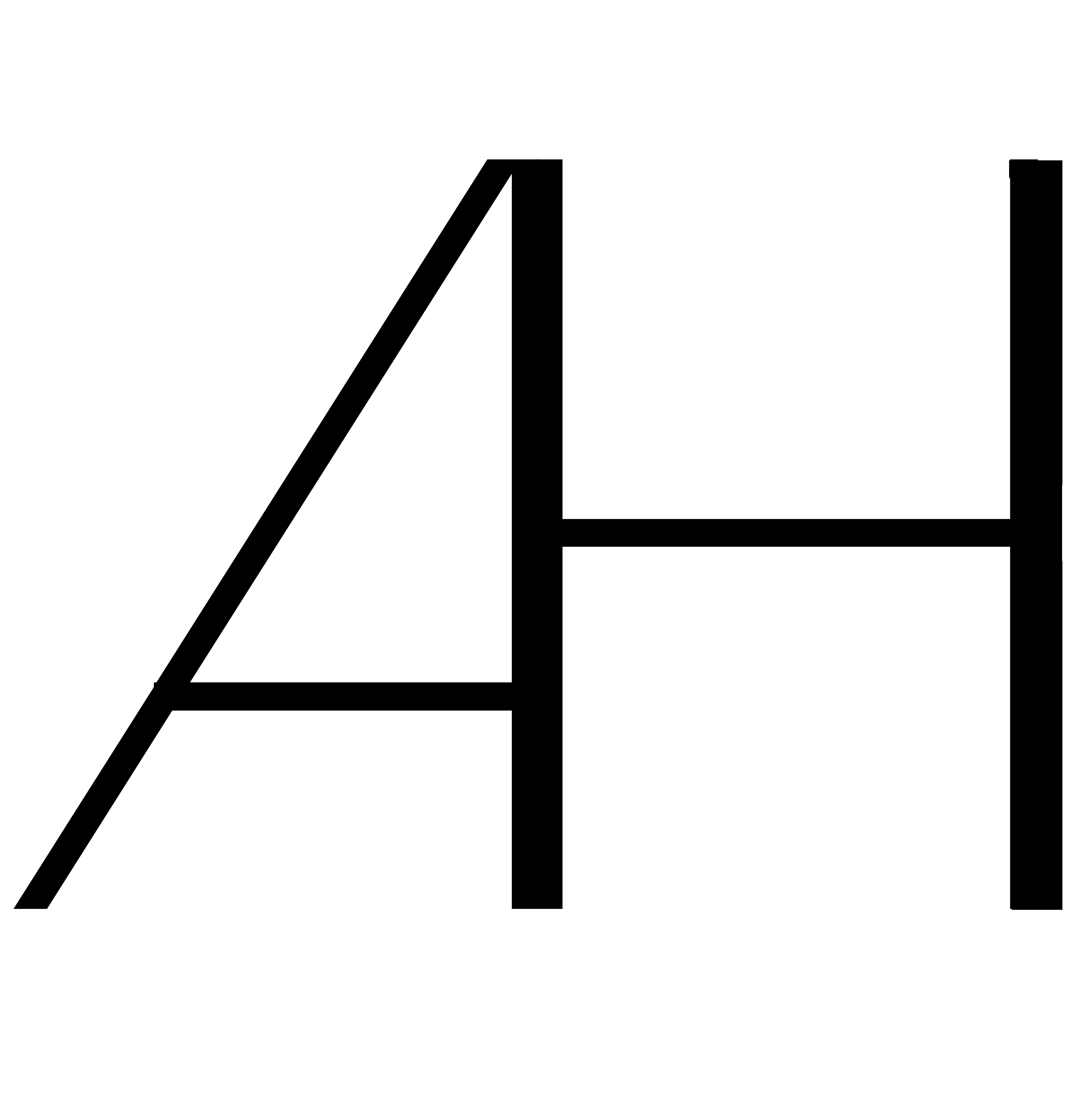Role: UX Designer
Tools Used: Axure RP, Google Forms
Timeline: Spring 2020 [5 weeks]
Team: Solo project
Tools Used: Axure RP, Google Forms
Timeline: Spring 2020 [5 weeks]
Team: Solo project
________________________________________________________________________
Project Background
Through an externship offered through ASU, I was tasked by Pizza Hut to create a new way for their website to accept online bulk orders. The system at the time relied on communication solely through phone calls to place large orders. This redesign enables users to order large quantities of pizza online through an interface that is cohesive with the current Pizza Hut aesthetic while allowing for an effortless and streamlined ordering experience.
The (at-the-time) current tracker design was lacking important information for the user and difficult to understand for inexperienced users. My task was to improve the overall look and feel of the tracker and encourage more people to use their site, thus increasing sales.
Final product design of kiosk
Problem
Pizza Hut’s current order tracking interface lacks clarity, engagement, and key features like live status updates and estimated wait times. It’s overly minimal and potentially confusing, especially for first-time users. As food delivery apps become more competitive, the absence of these features can lead to frustration and loss of customer trust.
Approach
To create a tracker that users would find genuinely helpful and enjoyable to use, I began by outlining a user-centered design process. I knew that to improve the tracker meaningfully, I needed both qualitative and quantitative insights including actual industry standards and real user expectations. My approach included:
•Benchmarking the most successful delivery platforms to understand what makes their trackers effective
•Surveying users to gather preferences and frustrations about existing trackers
•Prioritizing clarity, responsiveness, and delight as key UX principles in the redesign
•Prototyping for both mobile and desktop platforms to ensure accessibility across devices
•By grounding the project in real-world examples and user feedback, I aimed to redesign the Pizza Hut tracker with features users already expect—and a few that would pleasantly surprise them.
Old Pizza Hut tracker page on mobile
Research
Competitive Analysis
To identify best practices and design opportunities, I analyzed the order tracking interfaces of major players in the food delivery space, including:
•Uber Eats: Minimal, sleek UI with live ETA updates
•Domino’s: Engaging and iconic progress bar with detailed timestamps
•GrubHub: Simple, linear tracker with easily accessible order info
•Amazon: Clear, timestamped order history with collapsible details
Takeaways:
•Users expect real-time updates and clear timestamps
•A straightforward estimated delivery time is often more important than a detailed progress bar
•Overloading the interface with information can be counterproductive
User Survey
I created a 7-question Likert-style survey and distributed it on Reddit threads like r/SampleSize and r/TakeMySurvey.
Respondents: 43 individuals, ages 16-41, from diverse geographic and demographic backgrounds.
Respondents: 43 individuals, ages 16-41, from diverse geographic and demographic backgrounds.
Key insights:
•Most users prefer having both a clear estimated delivery time and live tracking of the driver
•A progress bar is helpful but secondary to delivery timing transparency
•Users dislike vague updates and want to be informed of delays, even if the news is negative
Goals & Requirements
Based on research, I established the following design goals:
•Track the entire order lifecycle, from placement to delivery
•Clearly show estimated wait times and dynamically update them
•Visually indicate progress and current stage
•Alert users to delays or changes in order status
•Maintain consistency with Pizza Hut’s branding
•Ensure usability across both mobile and desktop platforms
Design
Mobile App Design
•Dynamic delivery time updates based on real-time progress
•Interactive progress bar with color-coded stage indicators
•Timestamps appear as each stage is completed
•Real-time tracking becomes available at the packing stage
•Visually engaging yet accessible design in line with brand identity
Desktop Web Tracker
•Responsive layout optimized for browsers
•Same dynamic update system and real-time visual indicators
•Reduced cognitive load with clean UI and clearly structured information
•Link to prototype: https://beejd8.axshare.com
Usability Testing
To evaluate the prototype’s effectiveness, I conducted usability testing using the System Usability Scale (SUS) with 5 participants. Each was presented with a scenario of placing a pizza order and then viewing the redesigned tracker.
Average SUS Score: 84
(Above the industry average of 68, indicating strong usability)
(Above the industry average of 68, indicating strong usability)
Participant Feedback:
Found the tracker easy to understand and visually clear
Appreciated dynamic updates and stage visibility
Suggested further animations to enhance engagement
Outcome
The redesigned Pizza Hut Order Tracker addressed key pain points from the original and exceeded user expectations in clarity and usability. The visual progress indicators and live updates contributed to a more transparent and satisfying experience. With a high usability score and positive qualitative feedback, the redesign proves the value of user-centered design in a competitive market.
Takeaways
This project taught me how to balance simplicity with depth in UI design. By diving into user research and competitor benchmarking, I was able to make data-driven decisions that directly improved the experience. Designing for both mobile and desktop also sharpened my adaptability, and leading the project from research through testing reinforced my confidence in managing the full UX process independently.

